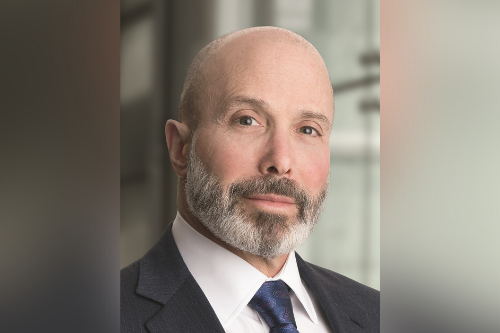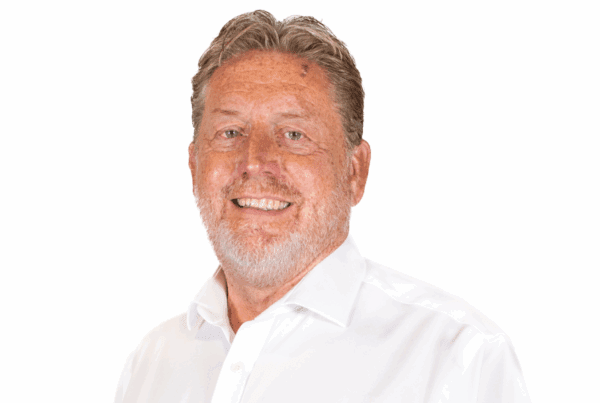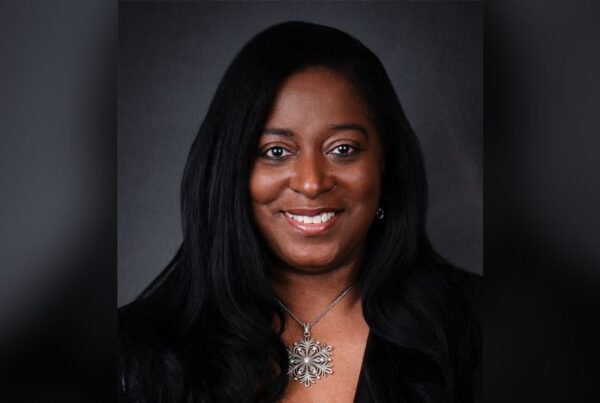
“COVID-19 stole lives, and its harm to the US and global economy has been catastrophic,” said Greenberg. “We should, in my judgement, take the lessons learned to improve our health response capabilities to future pandemics. We can also lessen the economic blow by building a financial backstop that is triggered when economic activity is disrupted. To this purpose, the insurance industry can play an important role in partnership with the federal government.”
Read next: The challenge of making pandemics insurable
Pandemics are different to other catastrophic events like earthquakes, hurricanes, and floods in that they are not limited to a specific geography or time period. They can affect entire economies and most of the global population at the same time, and their duration is often prolonged and uncertain. We’ve seen that with COVID-19, with many countries now entering into third or fourth waves of the virus and having to reintroduce lockdowns and other strict health and safety measures.
Systemic events, like global pandemics, can result in “losses so great that the event is uninsurable for business interruption coverage by the insurance sector alone,” according to Greenberg. He pointed to his native United States, where COVID-19 related business interruption losses have far exceeded the total capital of the US P&C insurance industry, and stated: “The industry simply does not have the wherewithal to broadly assume such risk. Our balance sheets are finite, and the risk for all intents and purposes is infinite.”
To address the economic damages brought about by COVID-19, governments around the world have enacted assistance programmes, largely to keep businesses afloat as they adhere to mandatory shutdowns.
“While these programmes have been largely successful, their ad hoc nature can lead to inefficiencies, delays, and uncertainties,” Greenberg commented. “There may be a better way forward – a public-private partnership between the insurance industry and the federal government to provide business interruption protection. Combining the insurance industry’s risk insight and experience with the government’s balance sheet provides the foundation for an affordable, efficient liquidity backstop for small businesses, and a market-based programme for larger businesses.
“A public-private partnership would provide greater certainty to businesses so they can keep employees on the payroll and pay their bills. Ultimately, private sector participation will encourage the development of direct and secondary markets, which can reduce the government’s financial burden over time.”
Read more: Governments must be “insurers of last resort” for pandemic risk
Chubb has proposed a public-private partnership programme that distinguishes between the unique needs of small, medium and large businesses. Through Chubb’s proposition, smaller businesses would have access to “rapid liquidity, providing predictable, efficient and prompt payment,” Greenberg explained, which would require government subsidisation of the premium charge to ensure affordability and participation in the programme.
Larger businesses with greater financial resources would not get subsidisation of premiums under the Chubb plan. Rather, the government would create a reinsurance facility solely to cover business interruption pandemic risk for those entities at an appropriate price.
“Private insurance companies could write policies at market terms, retain a portion of the risk, then reinsure the rest of the government facility,” said Greenberg. “Our proposed framework builds on these concepts. Depending on the severity of a future pandemic, this may only turn out to be a partial solution. However, it is a robust, fiscally responsible plan.”
Not only has Greenberg called for public-private partnerships to deal with future pandemics, but he has also expressed his thoughts on pandemic management. Using the US as his example, he said: “Shutting an entire economy down for an extended period of time and spending the kind of trillions of dollars we’ve spent as a way of managing pandemic is not a future solution.
“We have to have much better healthcare response early on, and learn from this. Our ability in PPE, our ability with masking early and social distancing, coming to grips with the notion of digitally tracing and isolating – those are ways of restricting the time we need to be shut down, and if we can restrict the time, then we can restrict the overall amount that the economy suffers and the length of time it suffers.
“A public-private partnership solution may not be a total solution in insurance, but it is a more substantial solution than the one where the economy is shut down for 18 months or potentially longer.”




